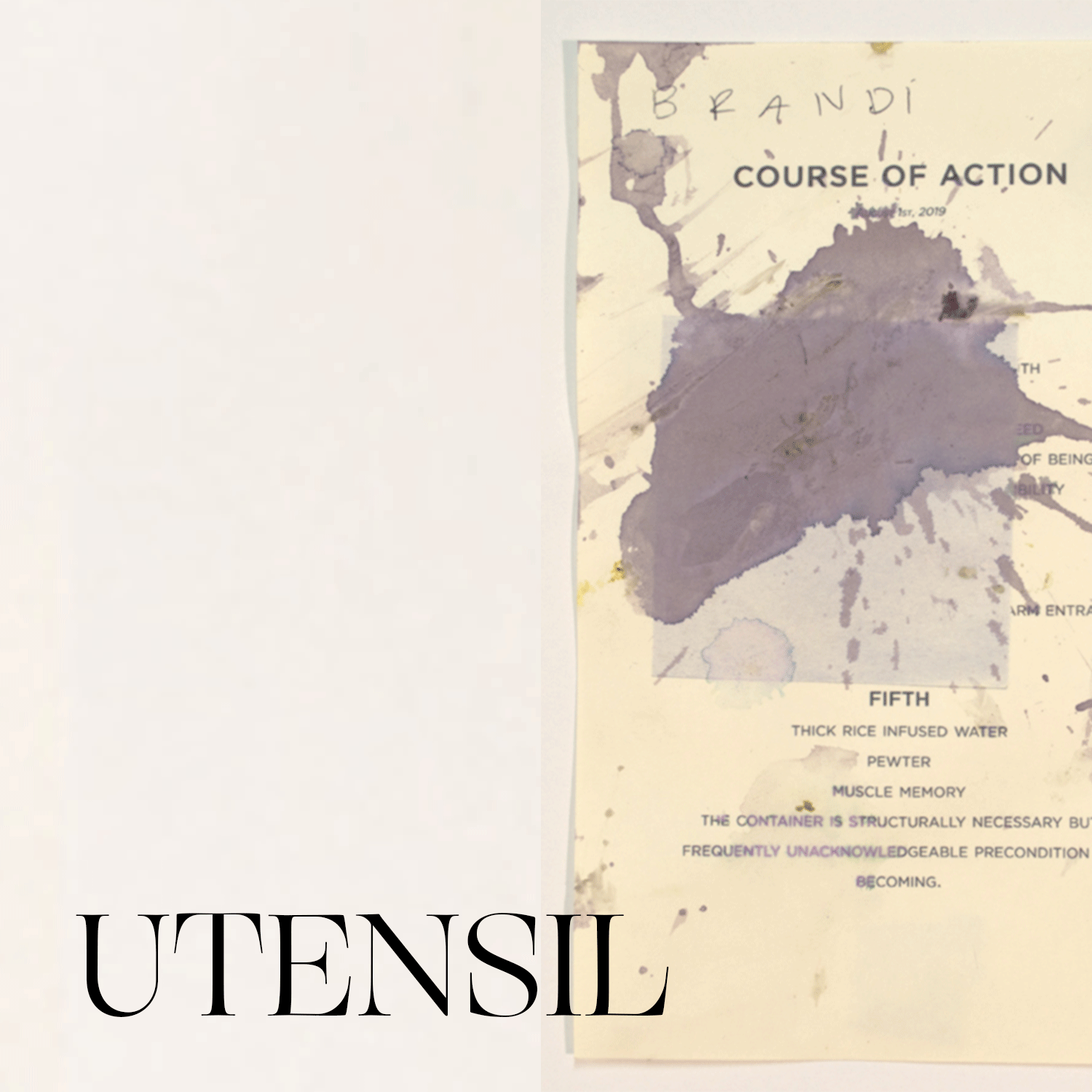“Koute mòn yo” (Listen to the mountains)
Work by Alexandra Antoine
Exhibition Dates: January 6th - February 28th, 2020
Every Winter, Comfort Station takes a two month break from it’s regular weekly programming for a Winter installation by a Chicago artist. This year, we have chosen Alexandra Antoine who will be presenting “Koute mòn yo” (Listen to the mountains). This installation is viewable from the outside of the building and will be on view from January 6th to February 28th, 2020.
Listen to the mountains looks at memory and architectural landscapes of the artists’ childhood summers spent in Léogâne, Haiti. The craftsmanship of the ironwork throughout Haiti, as well as the wider Caribbean, serves as inspiration in the creation of a visual language that incorporates the iconography, religion, and culture that Antoine experienced in the land. The style of the patterns also speaks to the ironwork of the African diaspora that can be seen in Chicago. The work exposes viewers to a landscape that speaks to the very meaning of the native name given to Haiti, Ayiti, meaning 'land of mountains' by the Taino natives who inhabited the land. These landscapes are in stark contrast to that of which is so widely shown through media outlets here in the U.S. but is very fitting for the well known Haitian proverb 'Déyé mòn gen mòn,' behind mountains are more mountains.
Alexandra Antoine is a multidisciplinary artist who holds a Bachelor in Fine Arts and Arts Education from the School of the Art Institute of Chicago. She currently works with Free Write Arts & Literacy as a teaching artist and leads workshops throughout the city. Her work has been exhibited at Rootwork Gallery, Hyde Park Art Center, Roots & Culture, Roman Susan Gallery, South Side Community Arts Center and Stony Island Arts Bank in Chicago, IL. Her work is also part of the Arts in Embassies program at the U.S. Embassy in Port-au-Prince, Haiti. She is the recipient of the inaugural SPARK Micro grant from Chicago Artist Coalition and a DCASE grant. She has completed residencies at ACRE (Steuben, WI) and Ox-Bow (Saugatuck, MI).











